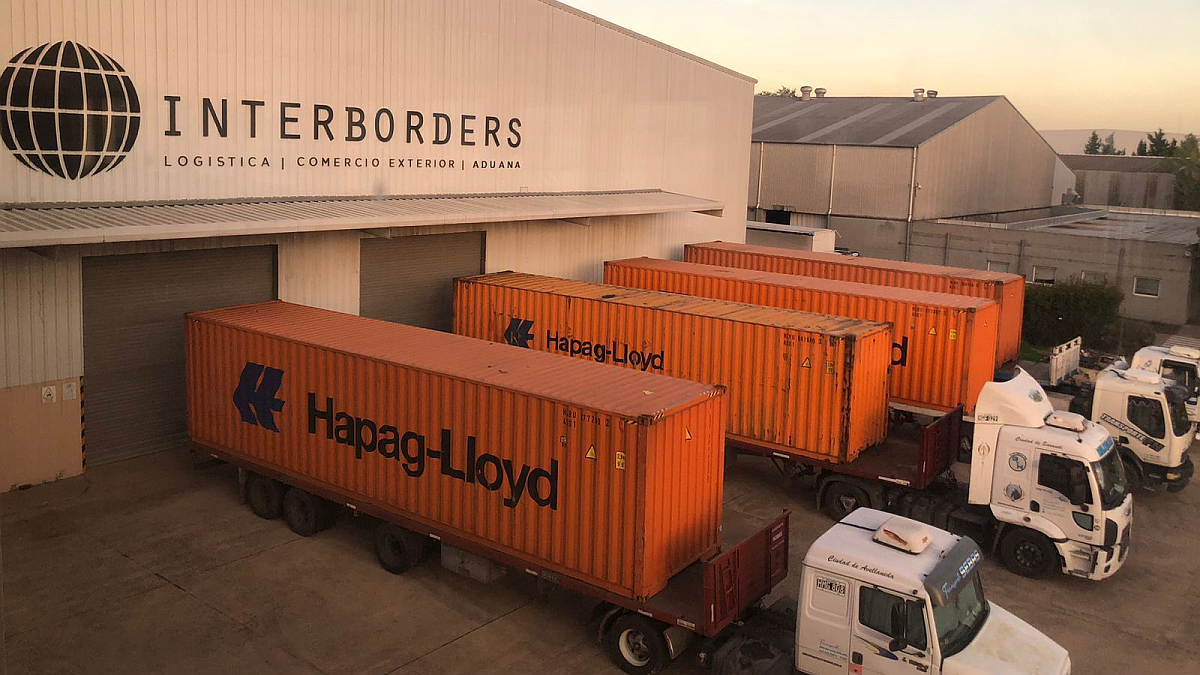The country is positioned as a strong commercial partner for countries such as Brazil, China, the United States and Chile, with a wide variety of exported and imported products.
In a challenging and volatile regional context, Argentine foreign trade continues to be an essential pillar for the country’s economy. According to data from the National Institute of Statistics and Census (INDEC), in December 2024, the Exports They reached the 7,035 million dollarswhile imports added 4,255 millionresulting in a commercial surplus of 1,666 million dollars. This positive balance contributed to the year to close with a record surplus of 18,899 million dollarsthe eldest in the history of the country.
The content you want to access is exclusive to subscribers.
The Argentine commercial balance not only reflects what we produce and consume, but also our priorities as a country and our strategic units. In 2024, We observe a strong presence of agro -industrial complex products in exports, with soybeans, corn and wheat leading the ranking, representing more than 45% of external sales.


According to INDEC data, Argentine exports maintain their commodities profile, while imports are strongly linked to industry: capital goods, intermediate supplies and energy products.
With respect to imports, in December 2024 the rise in the purchases of car vehicles was highlighted, mainly for the transport of people. There was a great fall in energy purchases, such as diesel and liquefied natural gas, directly related to the increase in the production of the item of Oil & Gas In Argentina.
As for the origins of these imports, Brazil stood out as the main partner of Argentina, with a total of 1,356 million dollars. However, China also maintained a strong presence, reaching a total of 1,208 million dollars.
Brazil was the main supplier of intermediate goods in Argentina, with a total of 5,251 million dollars in December 2024. Although it also contributed capital goods and pieces and accessories for capital goods.
As for China, purchases were mainly from intermediate goods, reaching a total of $ 3,181 million. Other economic uses such as capital goods, pieces and accessories for capital goods and consumer goods also had presence.
As for the destinations of Argentine exports in 2024, Brazil remained the main commercial partner, followed by China, the United States and Chile. These countries jointly represented a significant part of the country’s external sales.
Among the trends to highlight by 2025, the digitalization of customs processes, market diversification and energy reconversion of logistics transport are key factors that can improve the country’s export competitiveness. We must also pay attention to the impacts of the exchange rate, the restrictions on currency access and the bilateral agreements under review.
Logistics is a strategic actor that can enhance or stop export competitiveness. In Interoborders we work to offer traceability, operational efficiency and customs advice that minimizes costs and times for Argentine companies.
CEO and FOUNDER DE INTERBORDERS
Source: Ambito
David William is a talented author who has made a name for himself in the world of writing. He is a professional author who writes on a wide range of topics, from general interest to opinion news. David is currently working as a writer at 24 hours worlds where he brings his unique perspective and in-depth research to his articles, making them both informative and engaging.




